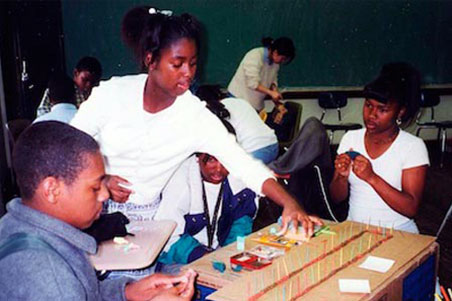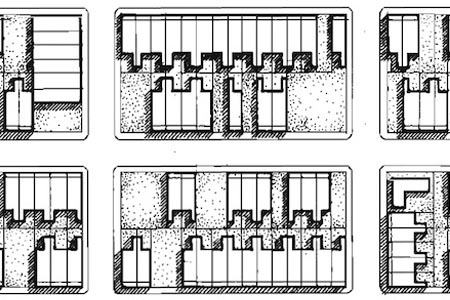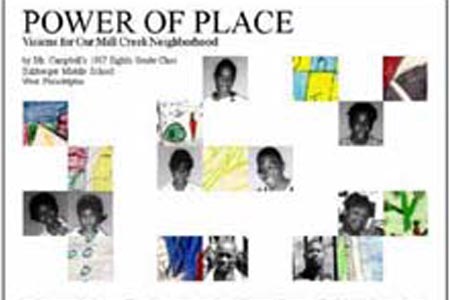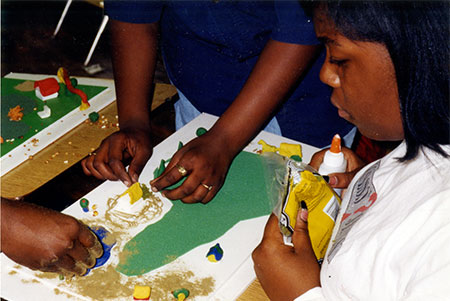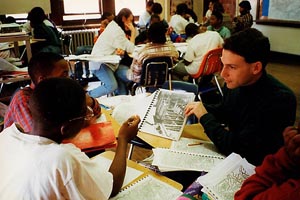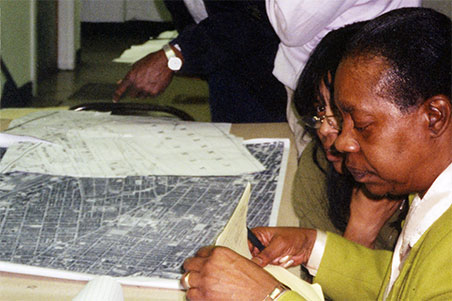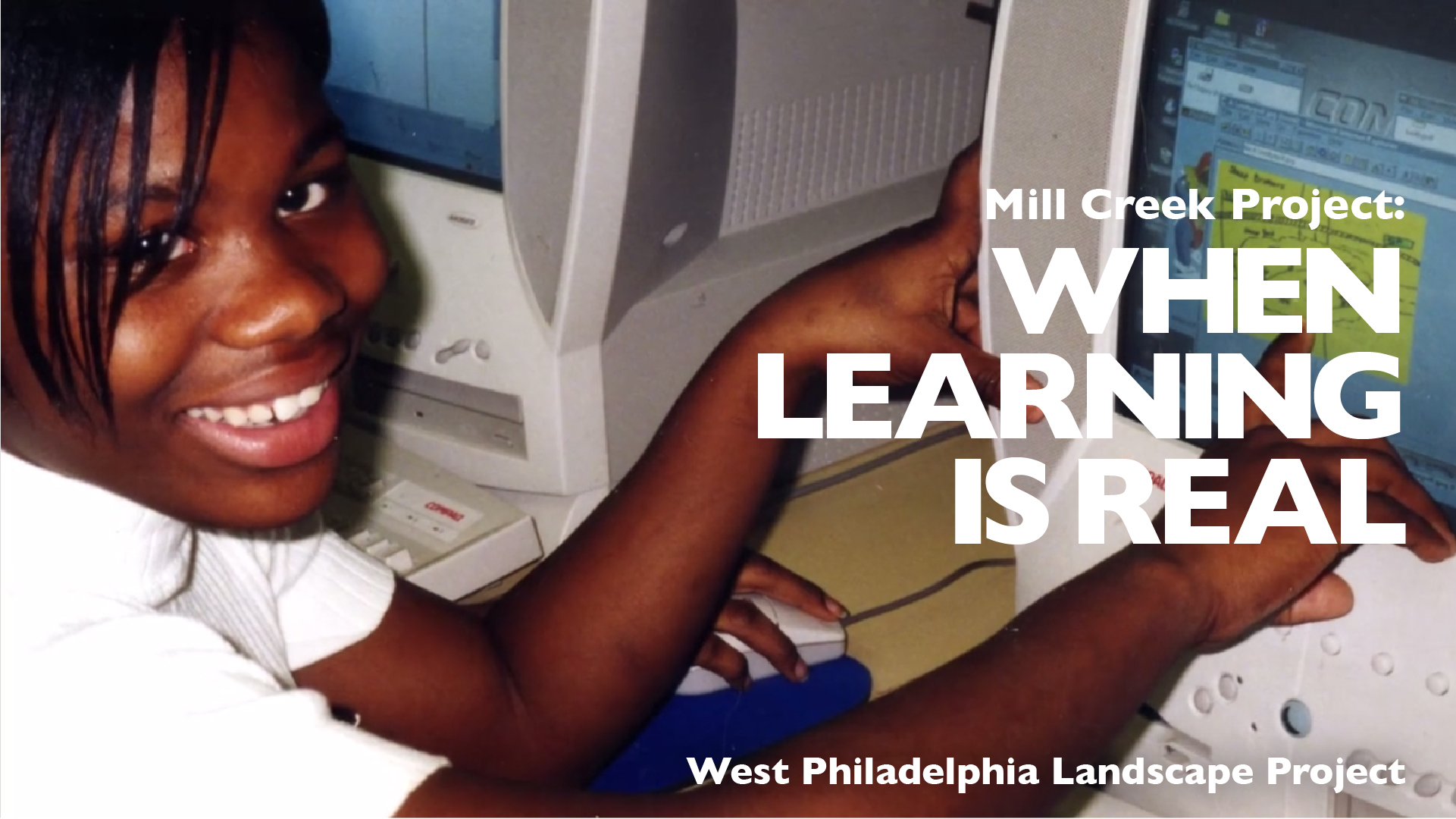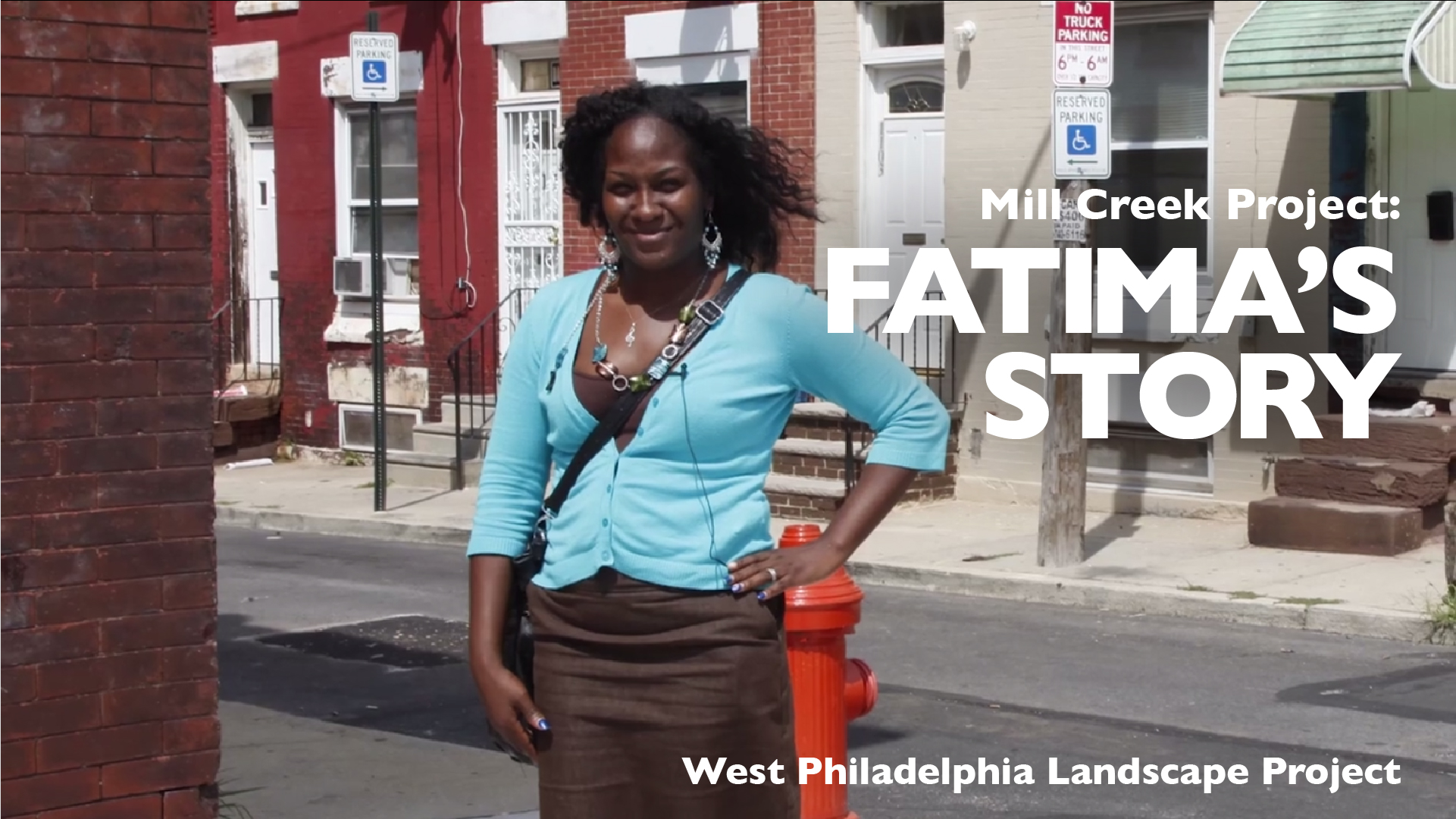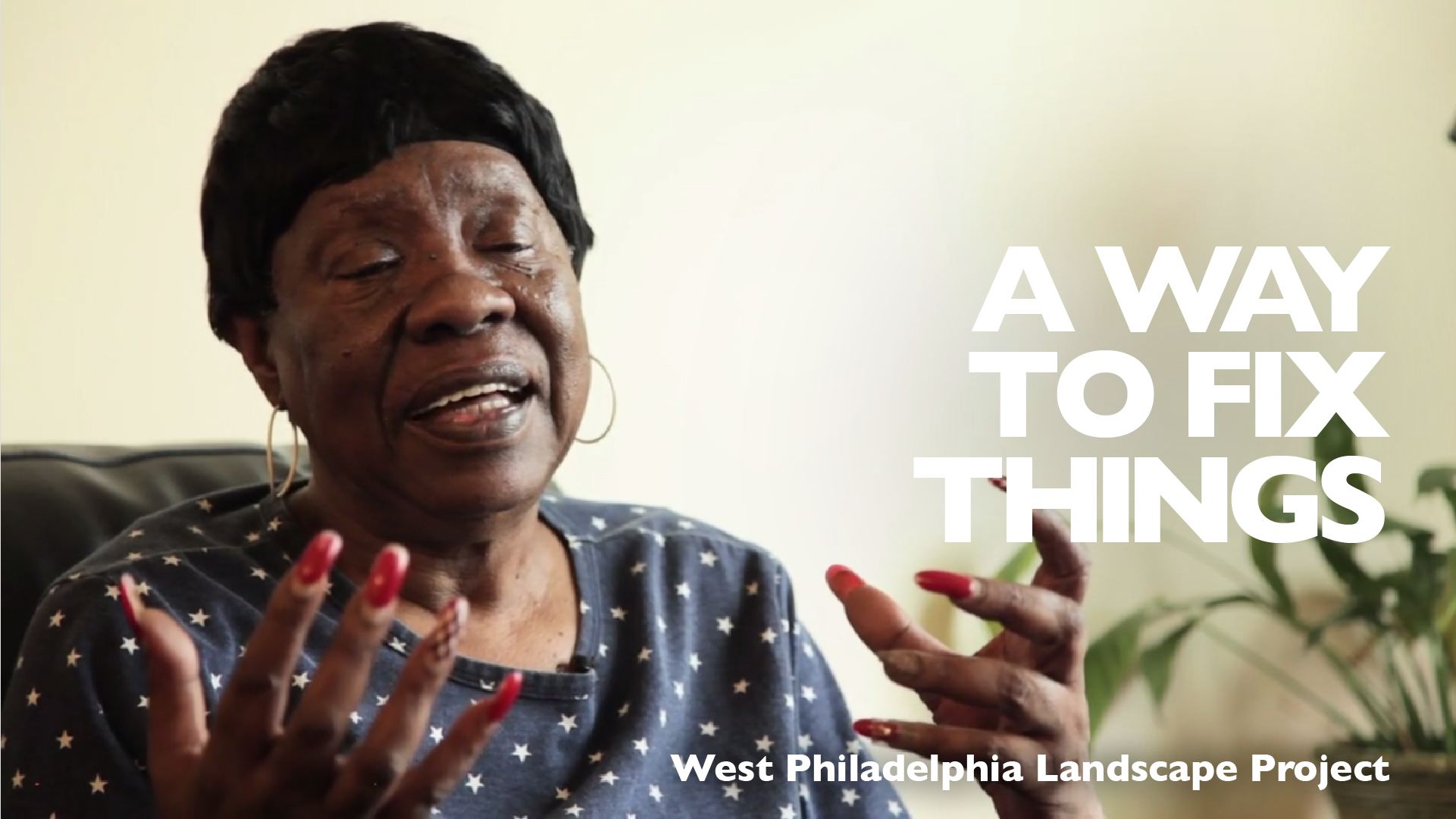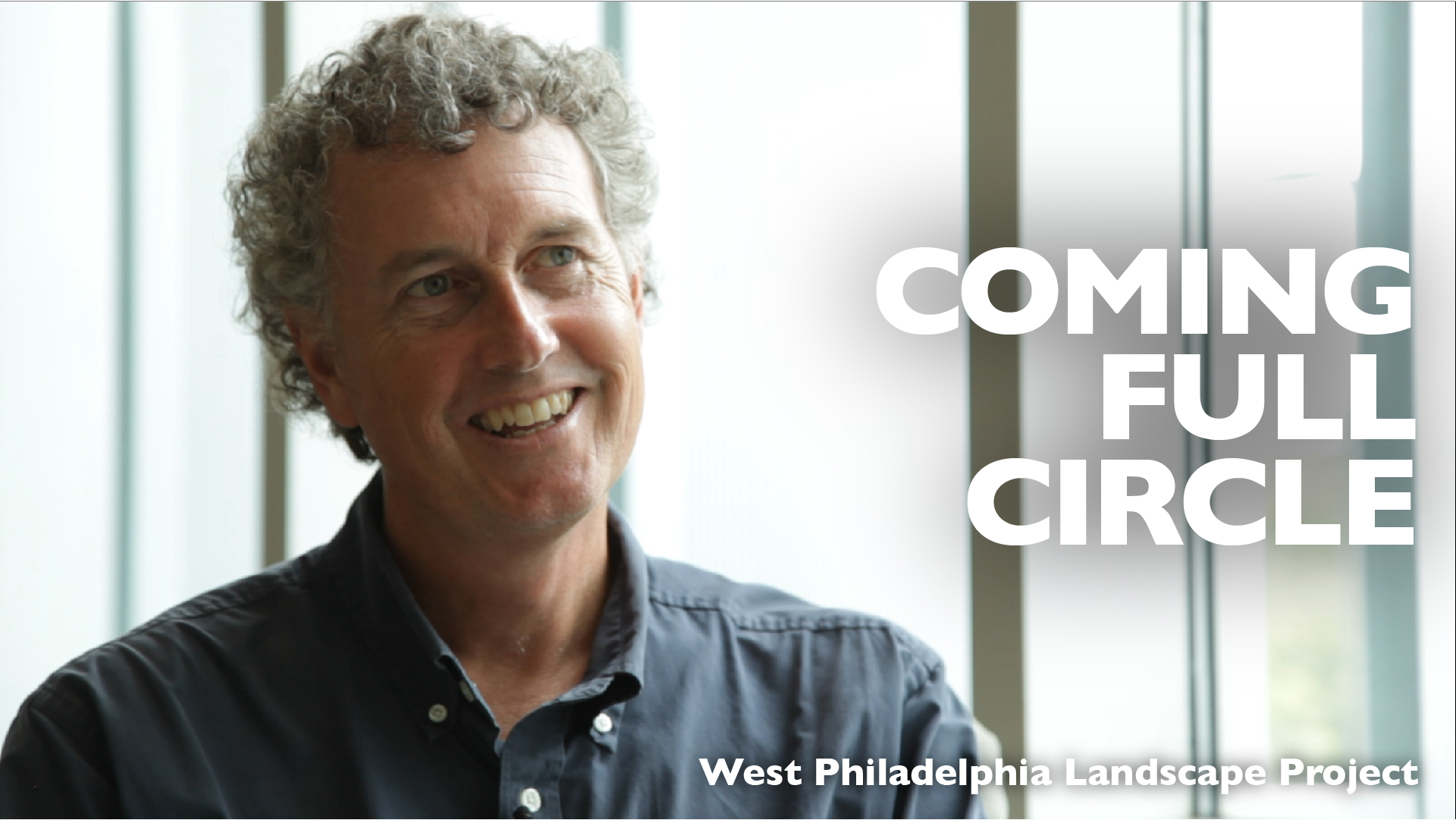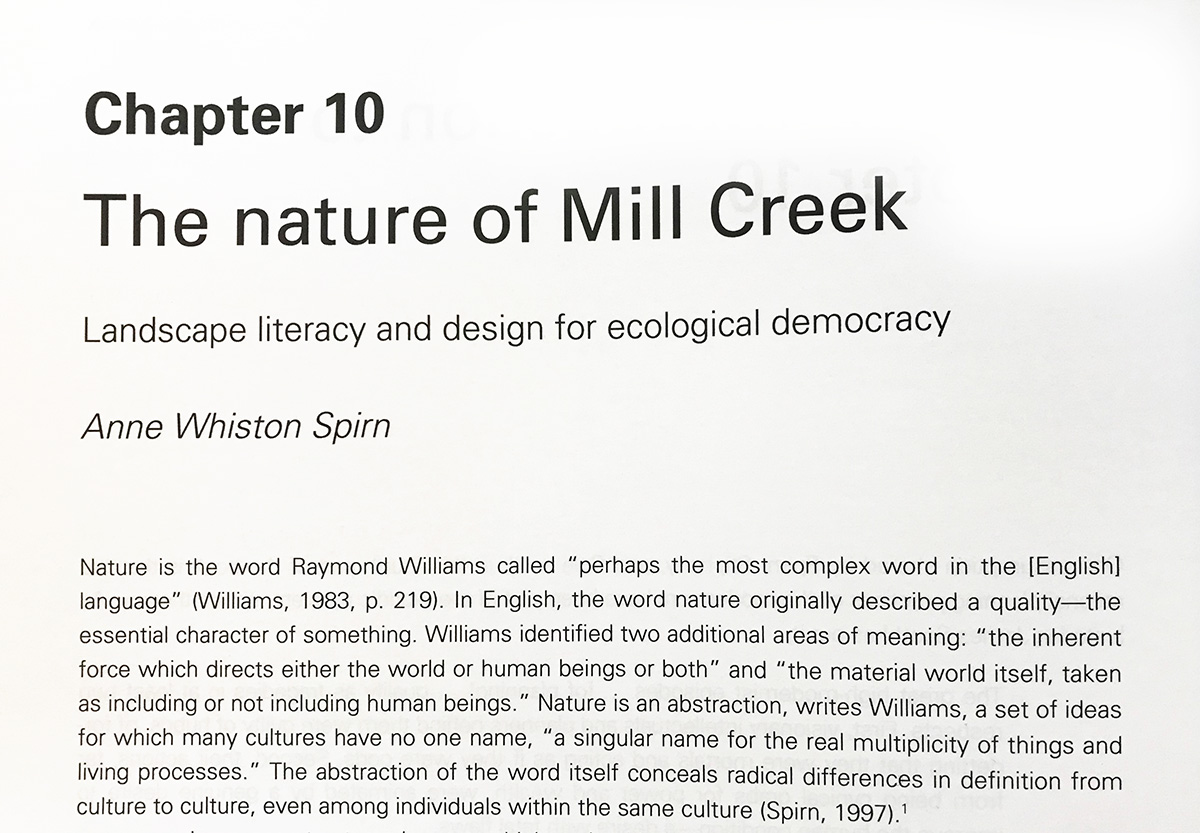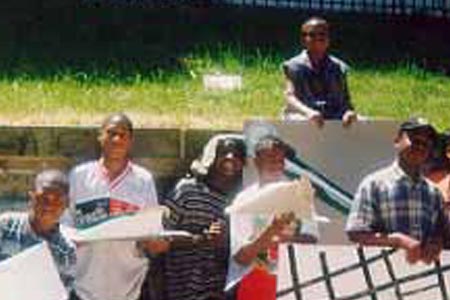Overview
University students researched community history, developed and taught a curriculum in local history and environmental design for eighth-graders, and created designs for vacant land near the school. The class met twice a week in 90-minute sessions, alternating between meeting at the university and at Sulzberger Middle School. The title of the course comes from Dolores Hayden's book, The Power of Place: Urban Landscapes as Public History, which was a required text.
Spring 1997
Penn students gathered primary documents (maps, photographs, newspaper articles, planning reports, census statistics) documenting the history of West Philadelphia and the Mill Creek neighborhood. They wrote reports on five historical periods from the colonial to the present, developed a series of workshops based on the use of primary documents, and led a classroom of eighth graders on a journey of discovery, tracing the evolution of their neighborhood from forest and farm to inner city.
After studying the history of their neighborhood, eighth graders developed their visions for its future, which were published in a report.
Power of Place: Visions for Our Mill Creek Neighborhood
Spring 1998
Penn students used primary documents to lead workshops on community history in an eighth grade class. Together with the eighth graders, they learned to read the Mill Creek landscape and to imagine how a miniature golf course could tell stories of the neighborhood's history. Penn students and eighth graders made designs for individual golf holes, each of which told the story of an episode in Mill Creek history. Together, they also created a business plan and marketing plan to assess the feasibility of such a project.
Spring 1999 and Spring 2001
Following a succession of workshops in neighborhood history, Penn students and middle school students selected historic events or places to commemorate and designed a monument or memorial as a neighborhood landmark.
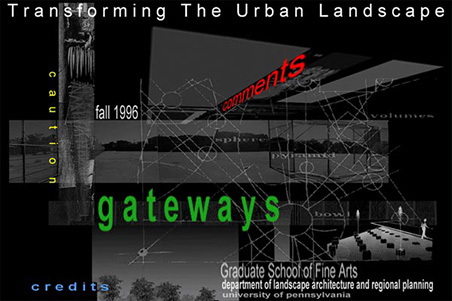
Transforming the Urban Landscape
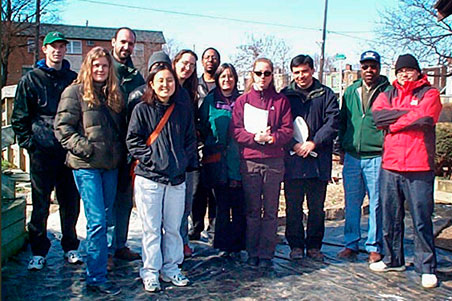
Media Technology, Youth, and City Design and Development
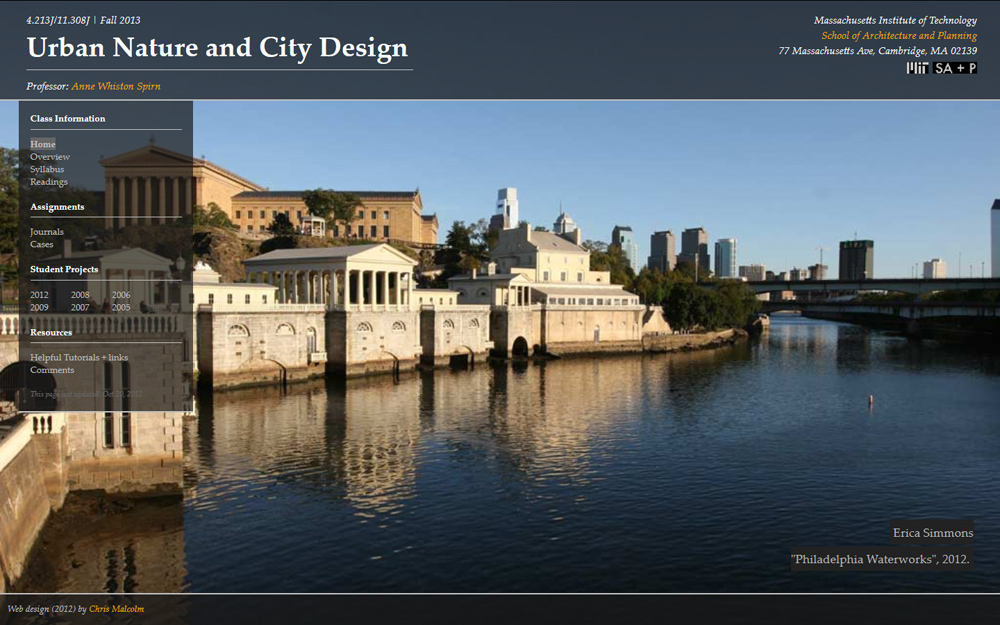
Ecological Urbanism
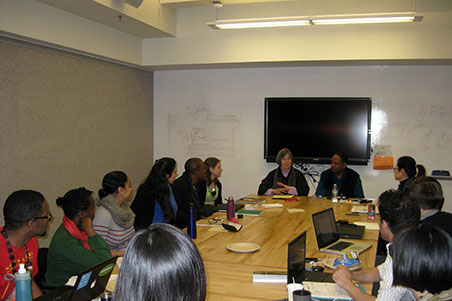
Engaging Community

Water, Landscape, and Urban Design
